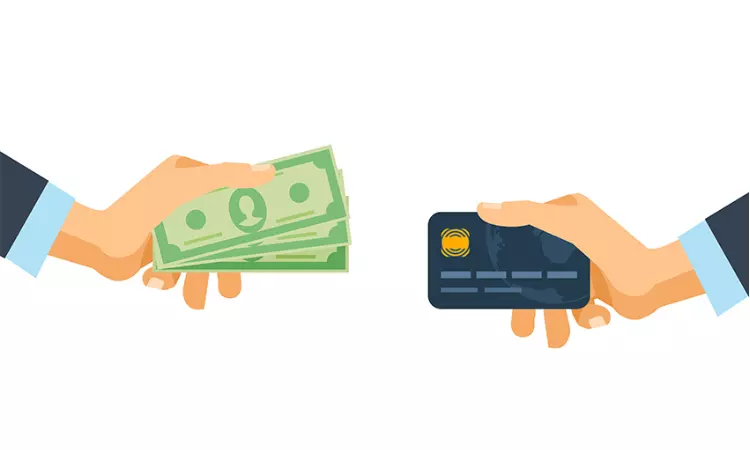新たなデータによると、クレジットカードやローンによる貸出は、パンデミックが始まった1月以降、最も速いペースで増加しており、生活費の上昇が家計を圧迫していることを示唆している。
英国人は2022年初めに6億ポンドを追加で借り入れており、そのうち約1億ポンドはプラスチック関連で、残りは銀行当座貸越、自動車ローン、ローンなど他の形態の融資を通じて借り入れた。
イングランド銀行によると、総額はパンデミック前の平均10億ポンドを下回っているが、消費者信用の年間成長率3.2%は2020年3月以来最大となった。
これは12月の消費者信用の増加額1.5%の2倍以上だった。クレジットカード融資は6.2%と最大の増加を記録し、その他の形態の消費者信用は2%増加した。マネー・アドバイス・トラストの最高経営責任者ジョアンナ・エルソン氏は、消費者信用の急増は家計への「圧力の増大」を反映していると述べた。
彼女は次のように述べた。「今日の消費者信用の急激な上昇は、それ自体は憂慮すべきことではないかもしれないが、一般的な物価上昇を背景に、これらの数字は多くの家計への圧力が高まっていることを反映している。」
「重要な請求書の支払いのために借金をすることは、明らかに財政難の兆候です。食品や燃料の価格が上昇し続け、エネルギーコストが急騰しているため、今後数か月でさらに多くの人々が困窮するのではないかと懸念しています。」
消費者信用調査会社エキファックスUKの最高データ・分析責任者ポール・ヘイウッド氏は、イングランド銀行の数字は同行自身の調査結果を反映したものであると述べた。
「消費者は節約に努め、返済額はますます少なくなり、特に消費者信用ローンの返済不履行もさらに増えている」と同氏は述べた。
さらなる金利引き上げが予想され、生活費危機が消費者に重くのしかかる中、「信用部門が波紋を起こすのは時間の問題だ」と同氏は付け加えた。
生活費危機が深刻化する中、英国のインフレ率は1月に5.5%と30年ぶりの高水準に上昇した。
カンターが本日発表したデータによると、英国の食品価格は記録的な水準に迫っており、サプライチェーンの圧力とロシアのウクライナ侵攻によりさらに上昇する見込みだ。
アナリスト会社によると、インフレが2月に4.3%に上昇したため、スナック菓子、牛肉、キャットフードの価格は急騰し、ベーコン、ビール、焼酎、蒸留酒の価格は下落した。
イングランド銀行はインフレ抑制のため今月の金融政策委員会で3回連続の利上げを実施する見込みだが、インフレ率は4月までに71TP3Tに達し、その後徐々に正常化すると予想している。
世帯の借入額は増えている一方で、貯蓄額も減っており、貯蓄額は昨年の平均月間貯蓄額94億ポンドから78億ポンド増加した。
しかし、パンデミック中に培われた貯蓄習慣は消えておらず、その数字はコロナ前の月平均貯蓄額55億ポンドを依然として大幅に上回っている。
パンテオン・マクロエコノミクスの英国担当チーフエコノミスト、サミュエル・トゥームズ氏は、データは1月に家計が慎重だったことを示していると述べた。
「彼らの流動資産の価値は78億ポンド上昇しており、これは新型コロナウイルス流行前の2年間の平均増加額49億ポンドを上回っているため、『余剰貯蓄』の価値が上昇している」と彼は指摘した。
さらに、「こうした消極的な姿勢はオミクロンのせいもあるかもしれないが、今年の消費者信頼感の急激な低下は、家計が相当な貯蓄の余裕を維持しようとすることを示唆している」と付け加えた。

